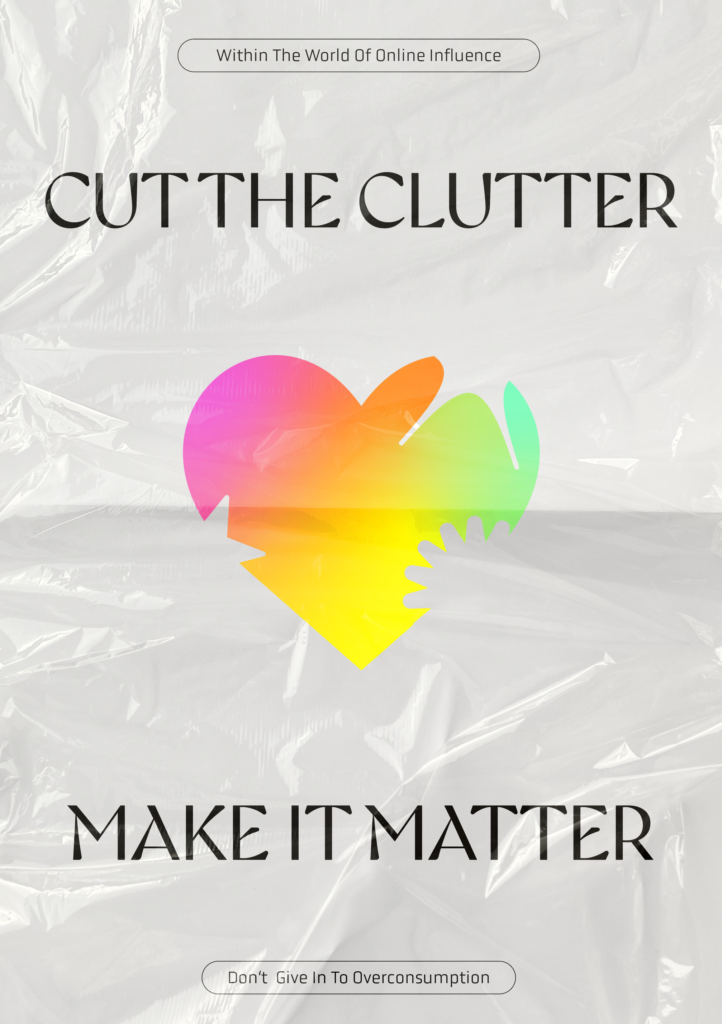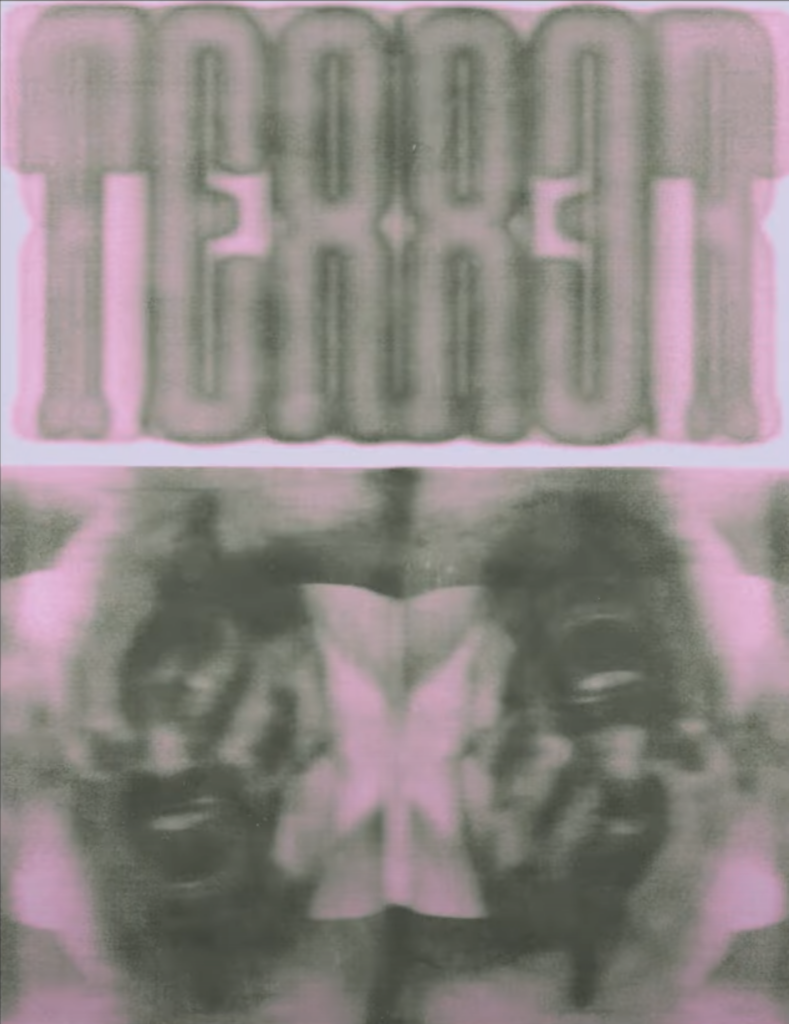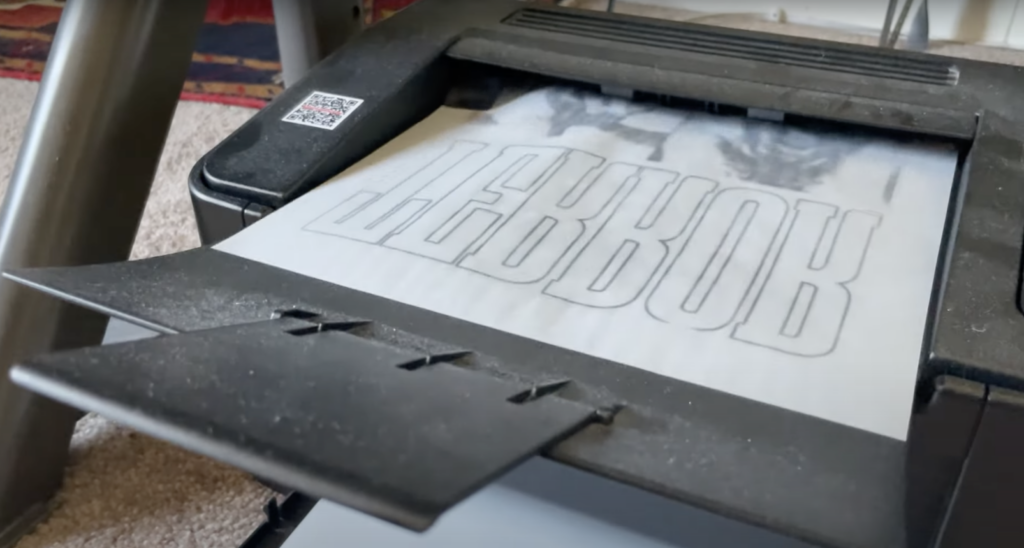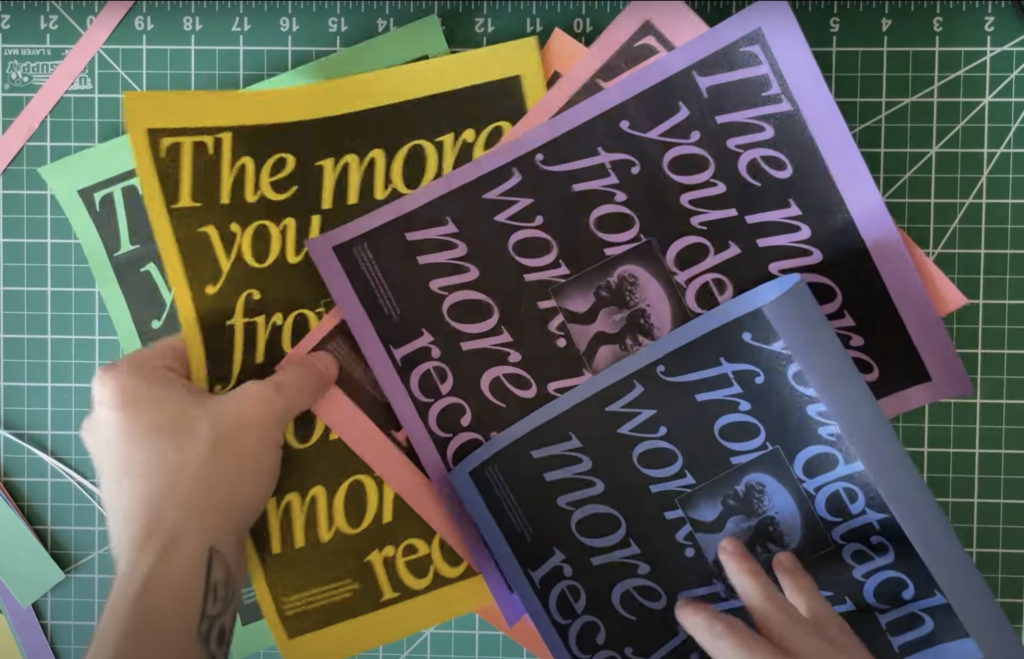Overlaying Textures with Transparency Settings
One of the most straightforward methods to add texture to your design is by overlaying a picture of any texture and adjusting the transparency settings (e.g., multiply, lighten, darken, overlay). This technique is both easy and quick, making it ideal for achieving a desired look without much effort. Often, these texture images are sourced from the internet, as the reality is that everyday life seldom affords the time, energy, or motivation to create your own textures. Using materials like tin foil, plastic wrap, paper, or cardboard to craft unique textures is an option, but it requires more time and experimentation.
Creating Your Own Textures
While using pre-existing images is convenient, creating your own textures can offer a unique touch. Experiment with various materials to develop custom textures, then photograph or scan them. This approach, although more time-consuming, allows for a personalized and distinctive design element that can’t be found elsewhere. The following pictures are the applied textures that I created in that way, using different materials I found at home.





Printing and Photographing
Another creative method involves printing your design and then physically altering the printout. You can fold, tear, crumple, or soak the paper, transforming it in any way you like. Afterward, scan or photograph the result and make any necessary adjustments in Photoshop. For added context, take your printouts outside or to different locations to photograph them, incorporating the surrounding environment into your design.






Pictures from „Jesse Nyberg“ on YouTube



Pictures: Poster I designed for our Lecture Project Work 2 on the topic of overconsumption
Using Various Papers
Experimenting with different types of paper can also add interesting textures and effects to your design. Transparent paper, colored paper, thin or thick paper, textured paper, newspaper, and parchment paper are just a few examples. Print your design on these different papers, and then scan or overlay prints. Certain papers may cause the ink to smear or leave fingerprints, creating unique effects. Transparent paper, for instance, can give a frosty look that adds depth and intrigue to your design.




Pictures from „Jesse Nyberg“ on YouTube
By using these techniques, you can incorporate texture and imperfections into your design, adding depth, interest, and a unique touch that enhances the overall aesthetic.